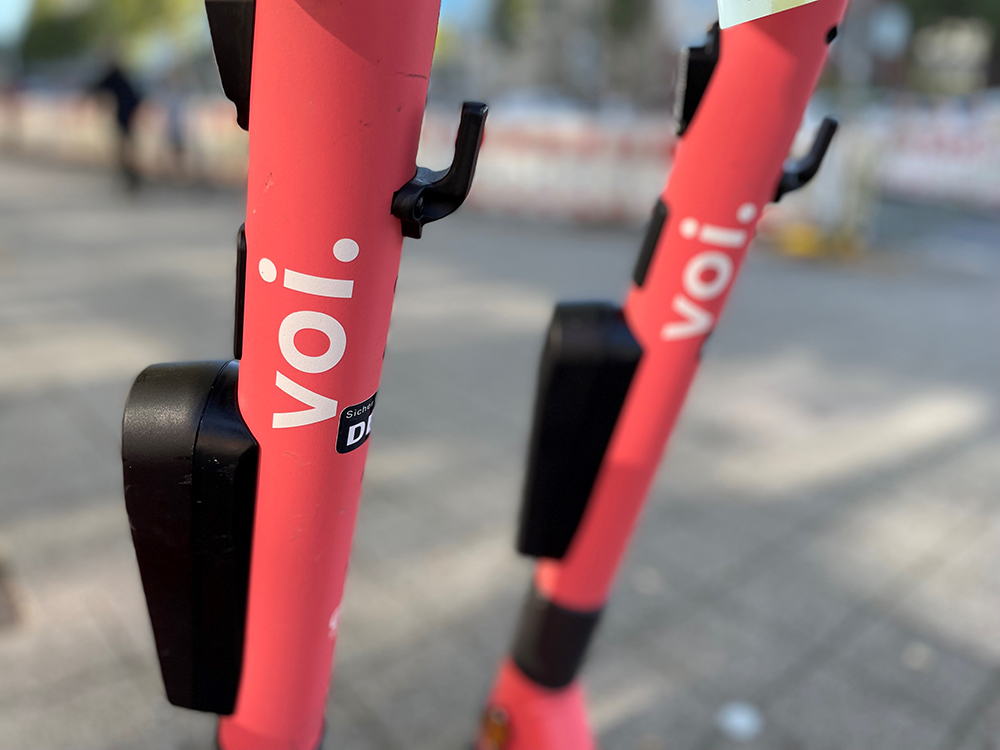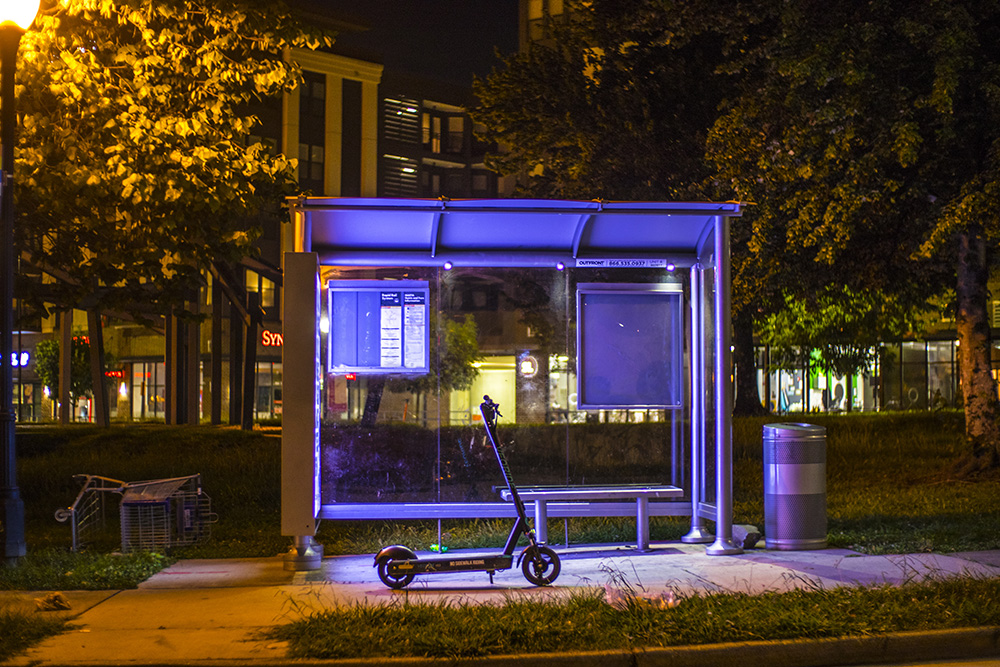
Transportation is fundamental to us all – helping us get from A to B and enabling us to access the essential things we need to do. From the daily commute to work or college, to shopping and socialising with friends and family, transport services — from cars, buses and trains — are relied upon multiple times a day.
But with transport options largely not having changed for decades, the time has come to offer the public new, more flexible, economical and greener choices. The public health challenges of the global Covid-19 pandemic have forced governments around the world to accelerate change and consider alternative forms of socially distanced transportation. A consequence of this in the UK has been the fast tracking of legislation to allow trials of rental e-scooters in order to mitigate pressures on public transport capacity without introducing more cars to the road.
Now is the time for micromobility services to be more readily available and accessible to help people to get to where they need to go, and for cities to look at their streets with fresh eyes, to start designing them for the people who live there, not the cars they drive.
But in order to provide communities with a genuinely sustainable and successful service, providers must take a community-centred approach — working with local authorities and residents to tailor schemes to infrastructure, ensure safety measures are in place and avoid anti-social behaviour and misuse.
Regulatory framework
Partnerships with local governments are most successful when both parties work very closely together to create a manageable, phased and performance-based operating environment. Limiting the number of shared e-scooter companies operating in a city is vital as it optimises public acceptance and mitigates public backlash from the sudden arrival of e-scooter operators.
From a practical point of view, it’s also much easier for local governments to work with a few select operators as partners too, rather than engaging a large number of operators that results in the government playing a role more akin to a ‘referee’.
Additionally, we recommend a phased roll-out of fleet sizes based on key factors such as a successful compliance record, good behaviour and growing ridership levels. This calibrated approach to determining the appropriate fleet caps for operators enables local governments and the public at large to become better accustomed to the presence of e-scooters within their communities.
By scaling the availability of e-scooters in this way, local governments can be responsive to growing rider demand while not oversaturating their communities with underused or idle scooters that may potentially pose some safety concerns.
Educating riders
Micromobility providers have to take rider safety seriously. To ensure that riders comply with the rules set out by a city, operators need to provide ways to educate users on how to safely use their vehicles.
For example, with Spin’s app, before riders can take their first ride, they must view a comprehensive set of rules and instructions, which are based on their geographic location and customised to the city’s compliance rules. At a minimum, operators should provide information on where it is acceptable to ride and give advice on parking e-scooters so that they don’t obstruct pedestrian access.

Operators can also reward good behaviour. One way we do this is to offer users credit for undertaking a regular quiz on safe practice. We show them a set of pictures that depict parked scooters and people riding scooters and ask whether or not they show compliant behaviour. Correct answers are reinforced with citation to the relevant local rule and incorrect answers lead to concise, supportive educational content to minimise misuse.
Regular safety campaign material via in-app notifications can also be a useful way to convey important tips on seasonal riding advice and compliance or special messages from the local transport authority.
Providing in-person local safety events can also help both current and prospective users to learn and experience compliant scooter operation in a welcoming setting. These events can include a scooter test-track and education materials as well as guidance on riding position and parking.
Using geofencing
The most effective way to manage rider behaviour is to create a system to enforce it, when it's safe and possible to do so. Leveraging GPS technology and careful planning, systems can be developed that restrict speed, or the scooter’s abilities based on specific medium-to-large spatial areas.
‘No-riding’ geofences can be made visible on in-app maps. If a rider enters one of these zones they will hear an audible message from the scooter letting them know that they are in a prohibited area; the scooter will then gently decelerate until the motor provides no acceleration. Scooter top speeds can also be reduced using geofencing so that areas of a city can be designated lower-speed zones if required, e.g. a large plaza.
Where parking is prohibited a ‘no-parking’ geofence capability should also be provided. As a result, the user won’t be able to end their scooter trip and will have to continue – using their in-app map to move to a parking area. These should be remotely established and be turned on and off quickly based on requests from local authorities.
In an effort to correct any form of anti-social behaviour, a penalty structure should be considered for those misusing the shared scooter system, including warnings, fines and account suspension.
To close the vital transportation gaps and help those in local communities get to where they need to go safely, it’s crucial that micromobility providers work closely with cities and communities. Done right, cities will benefit from a long-term, dependable and reliable shared e-scooter service that gives people a more sustainable and greener way to travel.
 ABOUT THE AUTHOR:
ABOUT THE AUTHOR:
Kyle Rowe is global head of government partnerships, Spin












